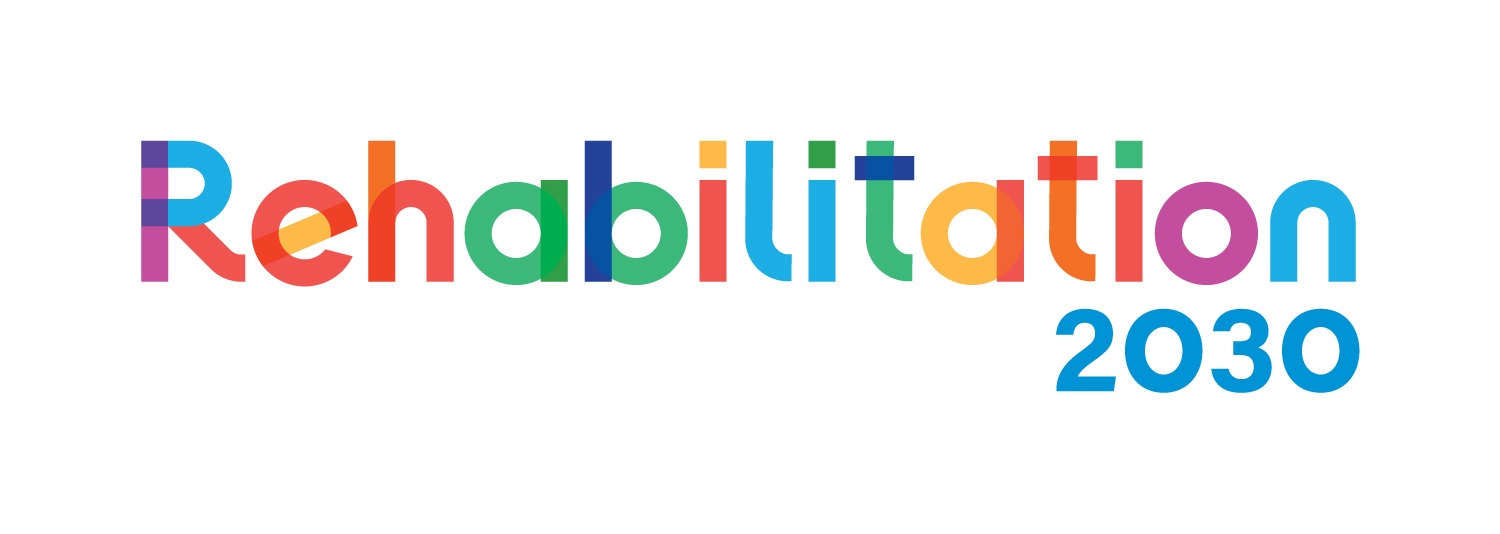3. Deliver Care

Delivering community and social engagement interventions to address personal and environmental factors
After a plan has been developed with the person, the rehabilitation interventions are then delivered. These interventions should be linked to the assessment findings and the plan. A person may not need all the suggested interventions listed below; only the interventions relevant to them should be provided. This is also not an exhaustive list of all the interventions that may be helpful to a person- it is also useful to problem solve with the person and find solutions with them.
Personal factors
- Provide the person with training on how to practice seeking and identifying landmarks, for a person with vision impairment when navigating a location
- Educate and advise the person on the types of play, recreation and leisure activities and community and social engagement activities available such as cycling, hiking, walks, swimming, playing video games, fishing, reading, painting, knitting and kayaking.
- Educate and advise the person on energy conservation (e.g. prioritizing, planning ahead, pacing themselves, and positioning)
- Educate and advise the person on the importance of engaging in community and social activities such as
- Improves physical health (eg. lowers blood pressure and body fat)
- Improves mental health (eg. reduces stress and depression)
Environmental
- Advise the person how they may adapt their environment, such as
- Avoid events with a lot of people or stimulation
- Attend events or activities with a friend or family member initially
- Facilitate the provision and installation of assistive products, and provide training in their use. Common assistive products for engaging in community and social activities include:
-
Walking aids such as canes, sticks, tetrapods, crutches, walking frames for mobility and keeping a good balance to prevent falling
-
Portable ramps
-
Orthoses (upper limb, lower limb)
-
Therapeutic footwear (diabetic, neuropathic, orthopedic)
-
Communication books, boards and software
-
- Explaining the intervention to the person
- Demonstrating the intervention and
- Letting the person practice the intervention in your presence to ensure safe home implementation
![]() Discussion
Discussion

Remember Jeremy?
Jeremy is a 48 years old shop keeper in his
village and has developed a hearing impairment due to a traumatic event.
Jeremy
fears he may lose his job as a shop keeper as he is unable to communicate or
interact with customers.
His favorite leisure and recreational activities
include attending church services and engaging in weekly community clean-up exercises.
Since his hearing impairment occurred, Jeremy has stopped interacting with
community members and engaging in his leisure and recreational and leisure
activities because he is not sure how to participate in events as well as
communicate with other people.
The health professional has made enquiries and
Jeremy qualifies for a hearing aid but it would take a couple of months before
he gets it. Jeremy agrees to wait for the hearing aid but is worried about his
inability to communicate with others and engage in community and social events.
Discussion
What did the health professional miss in the delivery of rehabilitation interventions for Jeremy?
The health professional could have suggested that a family member or friend accompanies Jeremy to community members to assist with communication while he waits for the hearing aid. A communication board, book or software could have also been suggested to assist Jeremy interact with his customers and the community members.
